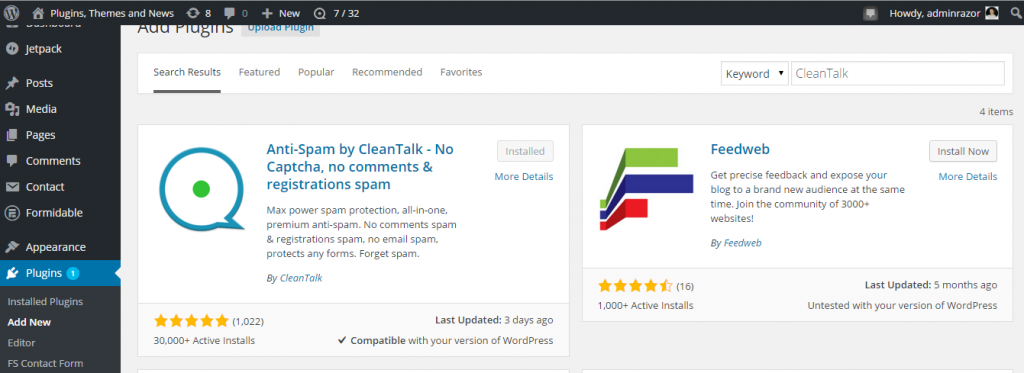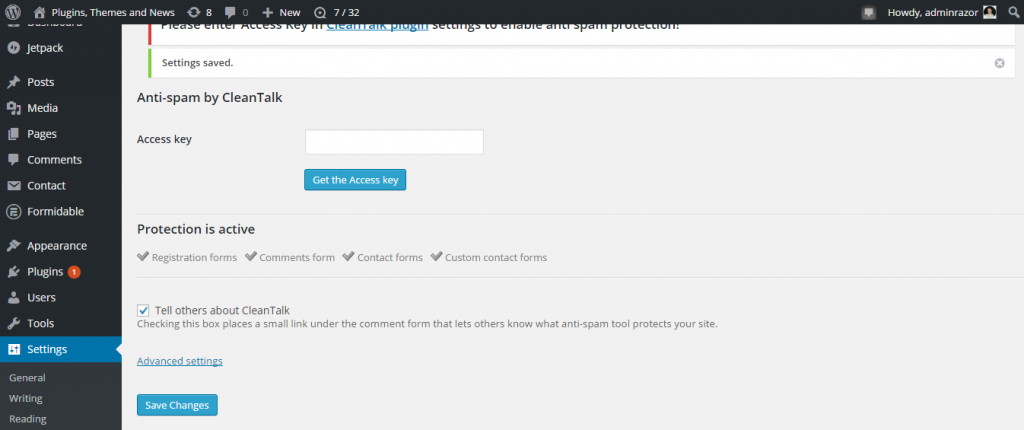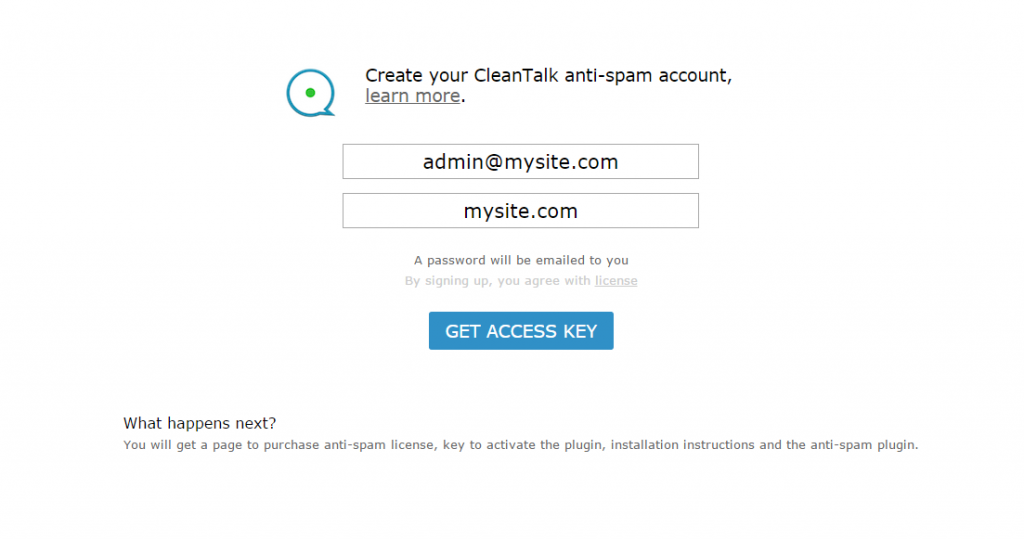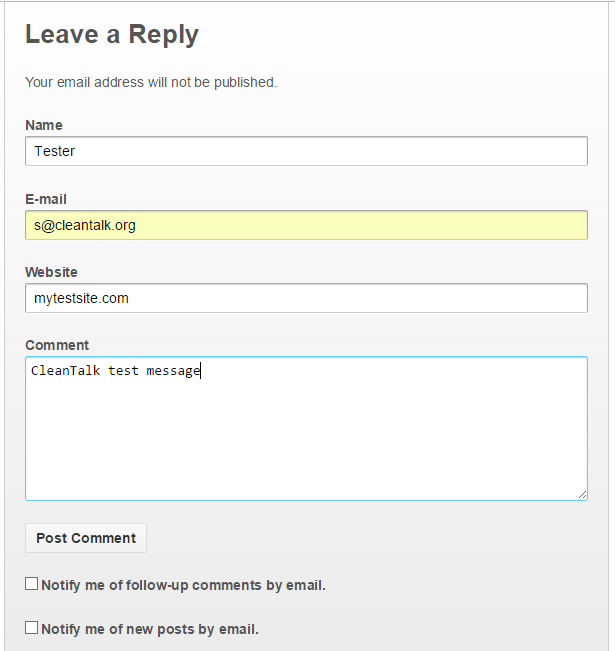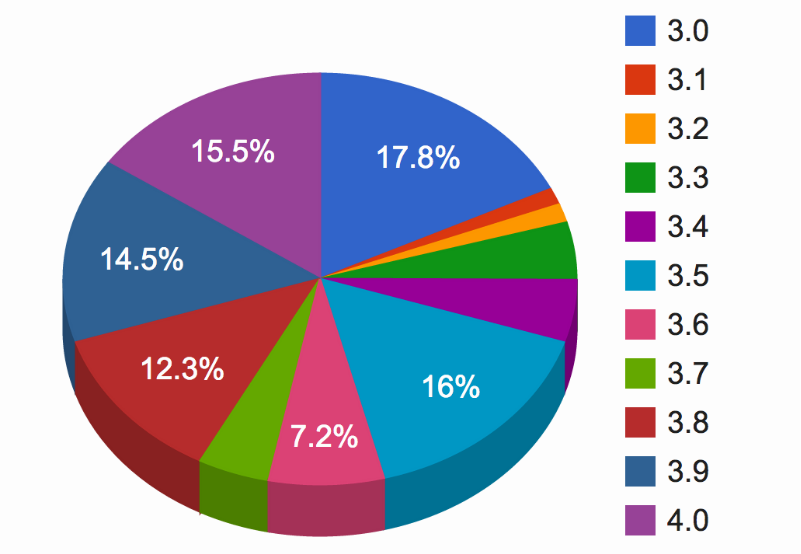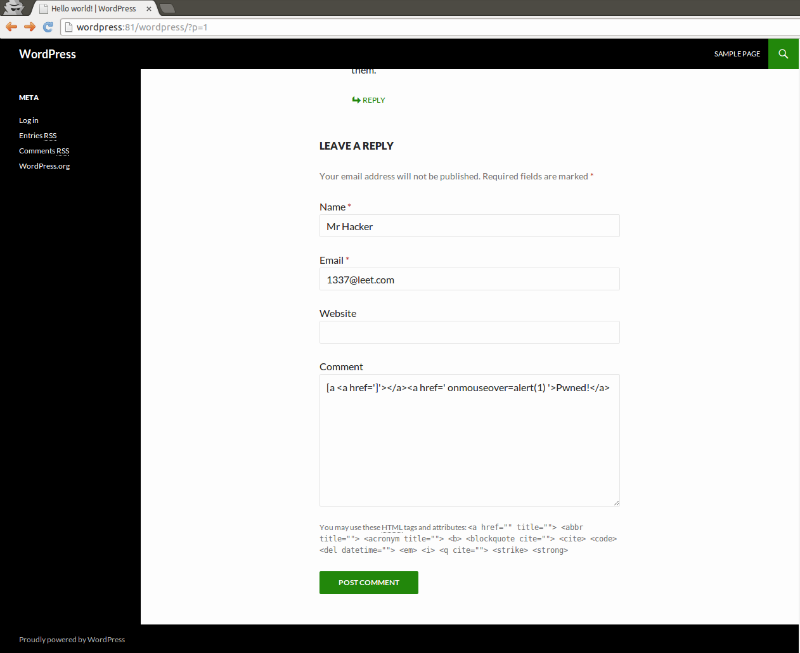CleanTalk company Inc is a cloud service protecting websites from spam bots, has announced the launch of a new version of the Spam FireWall which is designed to block spam attacks on the web sites.
The CleanTalk SpamFirewall manages and filters all inbound HTTP traffic to protect web sites from spam bots and to reduce the load on the web servers.
Spam FireWall – allows blocking the most active spam bots before they get access to web site. It prevents loading of pages of the web site by spam bots, so your web server doesn’t need perform all scripts on these pages. Also it prevents scanning of pages of the web site spam bots. Therefore Spam FireWall significantly can reduce the load on your web server. Spam FireWall also makes CleanTalk the two-step protection from spam bots. Spam FireWall is the first step and it blocks the most active spam bots, CleanTalk Anti-Spam is the second step and it checks all other requests on the web site in the moment before submit comments/registers and etc.
How Spam FireWall works?
-The visitor enters to your web site.
-HTTP request data is checked of the nearly 5,8 million of certain IP spam bots.
-If it is an active spam bot, it gets a blank page, if it is a visitor then it gets a site page. This is completely transparent to the visitors.
-All the CleanTalk Spam FireWall activity is being logged in the process of filtering.
CleanTalk’s Spam FireWall Features
-Protection from spam bots without access to the web site. Spam FireWall blocks most of the spam bots before they load the page of the website.
-Reducing the load on a web server. In order to post spam, many spam bots load the page, this creates a burden on the database and the server, and when a large amount of spam attacks it can have a significant impact on the performance of the website.
-Protection against HTTP/HTTPS DDoS attacks. This is one of the most common types of DDoS attacks with the aim to load a web server so that it was not able to handle all other requests.
-Protection against RPC-XML attacks. One of the most common types of attacks on sites running WordPress in order to pick up the username and password of the administrator of the web site or to organize DDoS attacks. Spam FireWall’s SQL Protection provides an affordable, automated solution for protecting from a variety of SQL injection attacks.
-Spam FireWall’s logs allows you to monitor the service work and reporting all incidents.
-Installation for 60 sec does not require modification of configuration files and others.
-Spam FireWall is available for web sites on WordPress and Joomla
Spam bots messages (comments) often disguised as ordinary users posts, but contain advertising links or text. The main objectives of such messages are the translation of the user to a malicious resource, advertisement, or by the links to raise the position of their site. This compromises the site and can spoil the reputation, the search engines lower the position of the site in the search results. That is why reliable protection from spam bots is only way to prevent the undesirable effects of cyber attacks. CleanTalk provides reliable protection from attacks and spam bots and promotes strengthening information security throughout the world.
CleanTalk Spam protection FireWall based on the use of private data black lists of IP addresses.
The main consumers are the administrators and owners of web sites, the solutions offered by CleanTalk allows to obtain an effective and automated solution to many security problems of the web sites and to save time for business development.
Another area of use is the use CleanTalk for hosting providers, as it can reduce the load on web servers to save resources and costs.
About CleanTalk
CleanTalk is a SaaS spam protection service for Web sites. CleanTalk uses protection methods which are invisible for site visitors. Connecting to the service eliminates needs for CAPTCHA, questions and answers and other methods of protection, complicating the exchange of information on the site. Their solutions are reliable, easy and efficient. The module is completely invisible to the visitors and allows you to permanently abandon the ways of protection that impedes the communication of visitors to the site (CAPTCHA, question-answer, etc.). CleanTalk allows you to automate protection against distributed from spam and registration spam bots.
The team CleanTalk has been developing a cloud spam protection system for 4 years and has created a truly reliable anti-spam service designed for you to ensure your safety.

